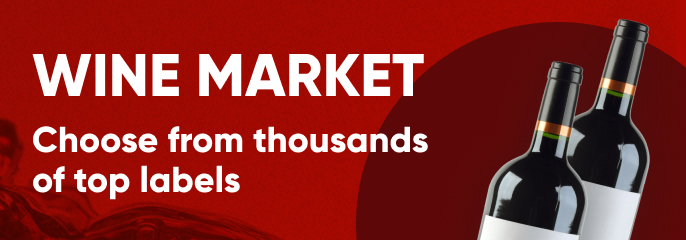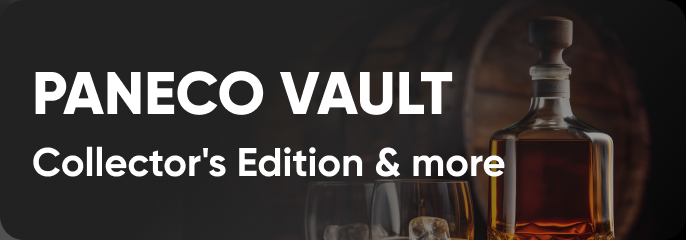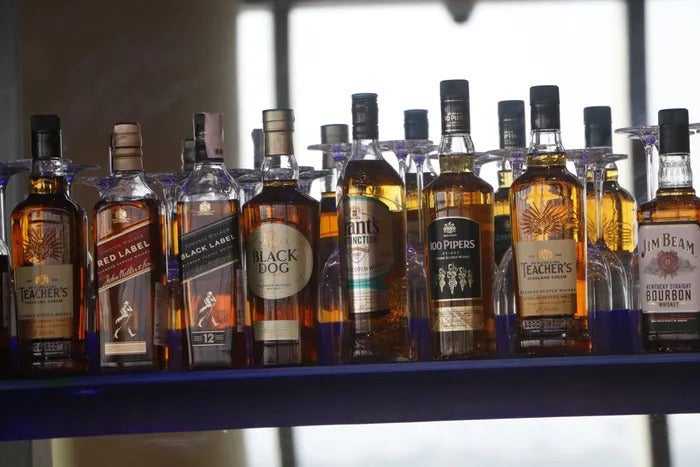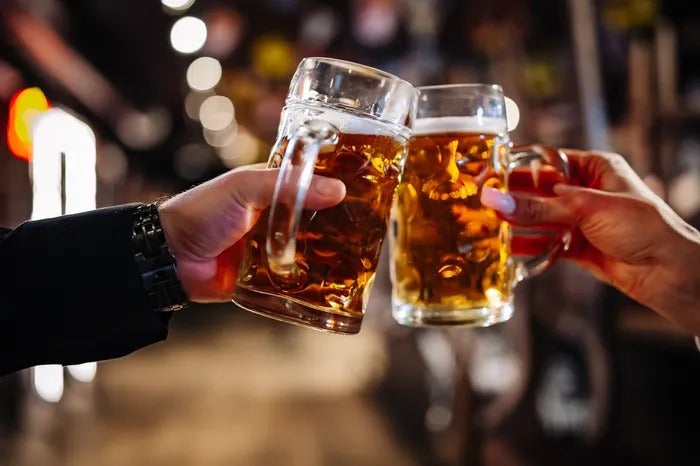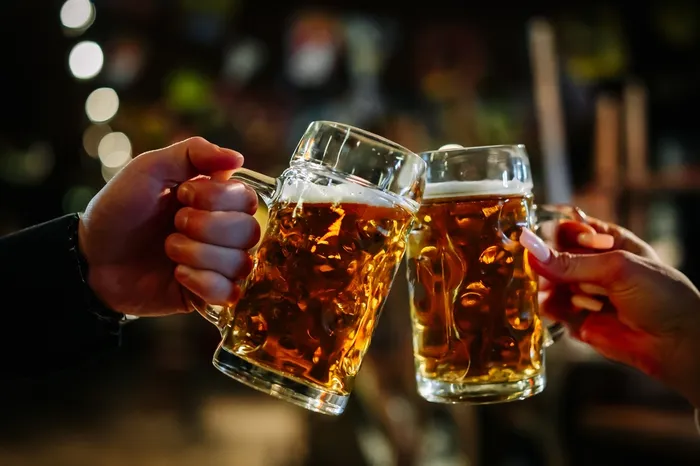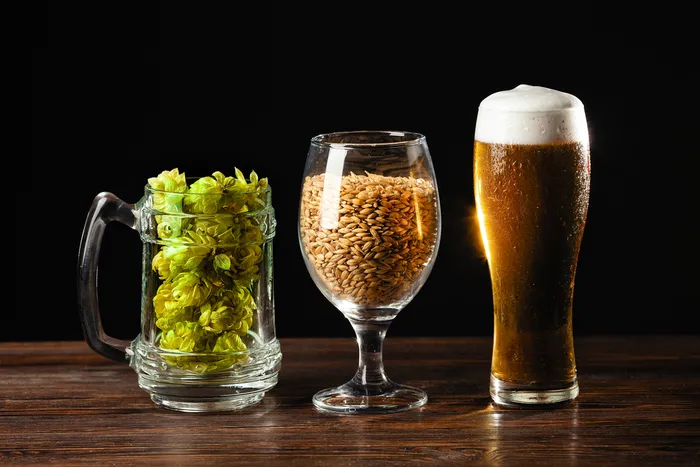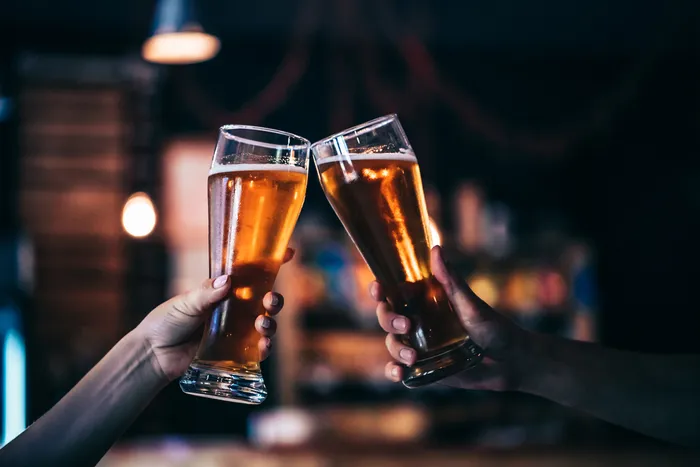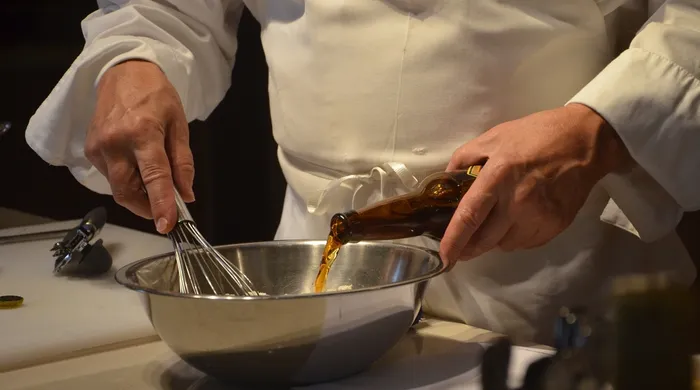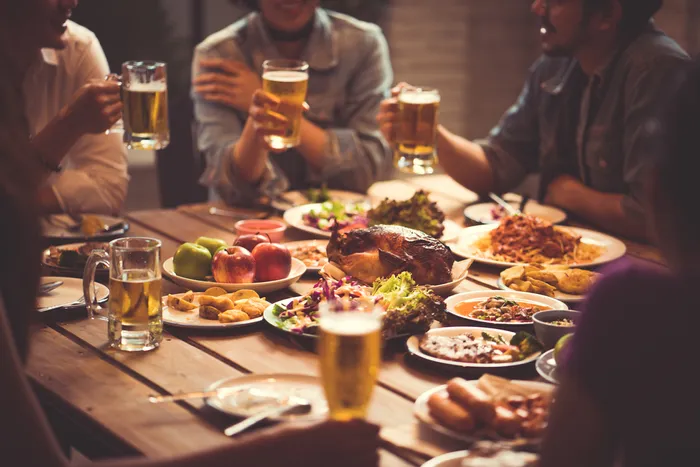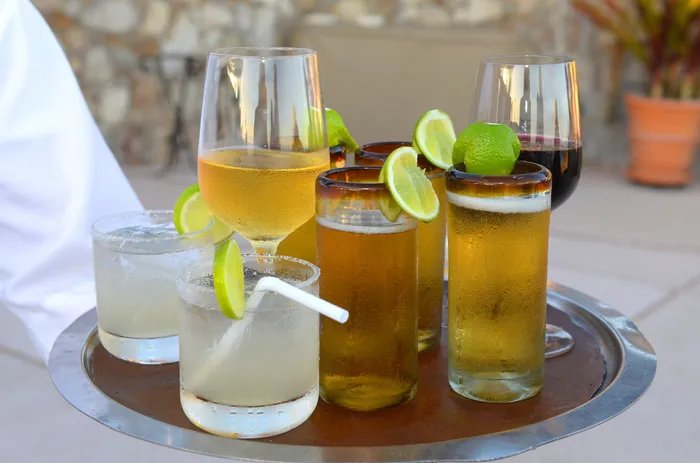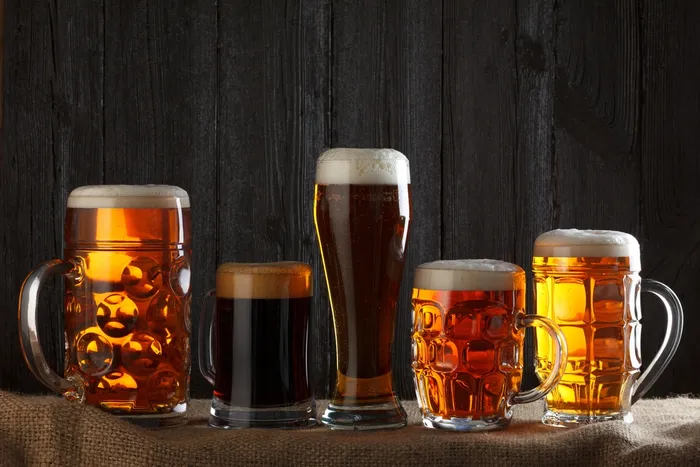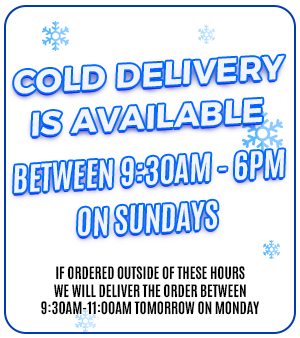There are no results that match your search.
Beer • 7 min • 04.07.2023
Tracing the History of Beer: A Sip Through Time
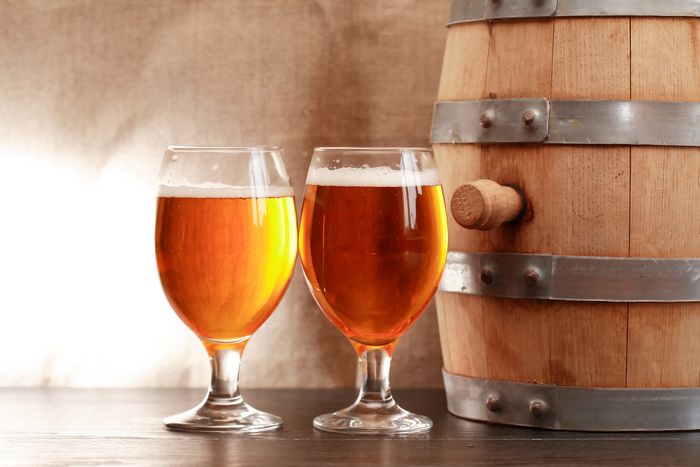
Did you know beer is among the world's oldest prepared beverages, dating back to 5000 BC? This beloved concoction has been brewed, savoured, and celebrated across centuries and cultures. Let's delve into the fascinating journey of beer—from its accidental discovery to the bubbling glass of delight we relish today.
Craft Beer Mentioned in the Article
A History of Beer and Brewing
The exact origin of beer is unknown, but some evidence suggests that it may have been discovered by accident. Some historians believe that beer was a by-product of bread making, as some grains left in water could have fermented naturally due to wild yeasts in the air. Others argue that beer was intentionally brewed as a way of preserving and enhancing the nutritional value of cereal crops.
Regardless of how it was first made, beer has been found in various ancient civilizations, dating back to at least 5000 BC. The oldest chemically confirmed barley beer was discovered at Godin Tepe, in modern-day Iran, where fragments of a jug were coated with beerstone, a by-product of the brewing process.
The Beer Saga Continues
Beer was also recorded in the written history of ancient Egypt and Mesopotamia, where it was used for religious ceremonies, social gatherings, and even as a form of currency.
Brewing techniques made their way from the Middle East to Europe, with barley becoming the main ingredient in European beer. While Romans and Greeks remained loyal to wine, the Celtic and Germanic tribes wholeheartedly adopted beer. They seasoned their brews with a variety of herbs and spices—juniper berries, bog myrtle, and heather, adding unique flavours.
The 11th century saw the introduction of hops to brewing. This cone-shaped flower of a climbing plant lends beer its bitterness, aroma, and stability. Originating in Germany, the use of hops soon spread to Britain and the rest of Europe.
From Ale to Lager
Another brewing milestone was the emergence of bottom fermentation in 15th-century Germany. In this process, yeast settles at the bottom of the vessel, producing a beer that's cleaner and crisper. This brewing technique led to lager beers, which are stored at cold temperatures for several weeks or months before serving. These lagers stood in contrast with the fuller-bodied, fruitier ale beers, produced by top fermentation where yeast rises to the top.
Brewing Beer Today
Fast forward to the present day, and brewing is a multibillion-dollar global industry, with about 1.86 billion hectoliters (almost 50 billion gallons) being made worldwide in 2021.
The art of brewing has seen monumental advancements, largely owing to the Industrial Revolution and technology. Now, let's unfold the brewing process step by step:
- Malting
The journey begins with grains—typically barley or wheat. They are soaked in water, initiating the sprouting process. This activates enzymes within the grains that transform their starches into sugars. This process is known as malting.
- Mashing
The malted grains are then steeped in hot water, akin to making tea. This process, called mashing, liberates the sugars from the grains to create a sweet liquid known as "wort."
- Adding Hops
The wort is then transferred into a brew kettle where hops are added. These flower clusters impart a bitter balance to counteract the sweetness of the wort.
- Fermentation
Now, it's time to add yeast. This mighty microorganism devours the sugars present in the wort, excreting alcohol and carbon dioxide in the process. This process, known as fermentation, is where the magic truly happens, turning our wort into beer.
- Conditioning and Packaging
Post-fermentation, the beer is allowed to mature in a process called conditioning. Once matured, it's ready for the final step — packaging. After a rigorous journey from grain to glass, the beer is finally ready to be savoured by enthusiasts worldwide.
Beer Tap History
Beer taps are devices used to dispense beer from kegs or casks under pressure. They have a long history, originating in the 17th century with wooden barrels and a mallet-driven tap. In the 19th century, metal kegs and taps replaced wooden barrels, and hand pumps or gas cylinders were used for pressure. In the 20th century, draft systems with refrigerated keg rooms and carbonation maintenance were introduced, transporting beer through tubes to tap towers or wall-mounted taps on bars.
The History of the Beer Can
The beer can is a metal container that protects beer from light, air, and bacteria. It's portable, convenient, and recyclable. In the early 20th century, inventors experimented with different designs and materials.
The first successful beer can was introduced in 1935 by the American Can Company and Gottfried Krueger Brewing Company. It was a flat-top can made of tin-plated steel. In 1959, Coors introduced the first aluminium beer can, and in 1962, Pittsburgh Brewing introduced the pull-tab can. However, the pull tabs posed littering and choking hazards. In 1975, Falls City Brewing introduced the stay-tab can, which remains attached after opening.
Craft Beer History
Emerging from the shadows of large brewing corporations is the craft beer revolution. Defined by their commitment to quality, diversity, and innovation, small and independent craft brewers have been offering beer connoisseurs distinctive and flavorful beers since the late 20th century.
Influential figures like Fritz Maytag and Jack McAuliffe were among the first to revive and innovate craft brewing. Organizations, events, and awards also helped to promote and celebrate craft brewing. Craft beer is still a thriving and diverse segment of the beer market that offers a wide range of choices and experiences for beer lovers. If you want to try some craft beers, you can find some on the Paneco website, such as Crossroads Session IPA, 3 Fonteinen Framboos Oogst 2019 Lambic, and Bodriggy Utropia Pale Ale.
Time to Uncap the Bottle
Beer is more than just a drink; it is a cultural phenomenon that reflects the history, traditions, and tastes of different people and places. It has evolved, diversified, and yet, at its heart, it continues to be that brew that brings us together. Whether you prefer a crisp lager, a hoppy ale, or a hearty stout, there's a brew for everyone.
Ready for your own beer adventure? Explore the extensive range of classic and craft beers on the Paneco website. Happy sipping!

